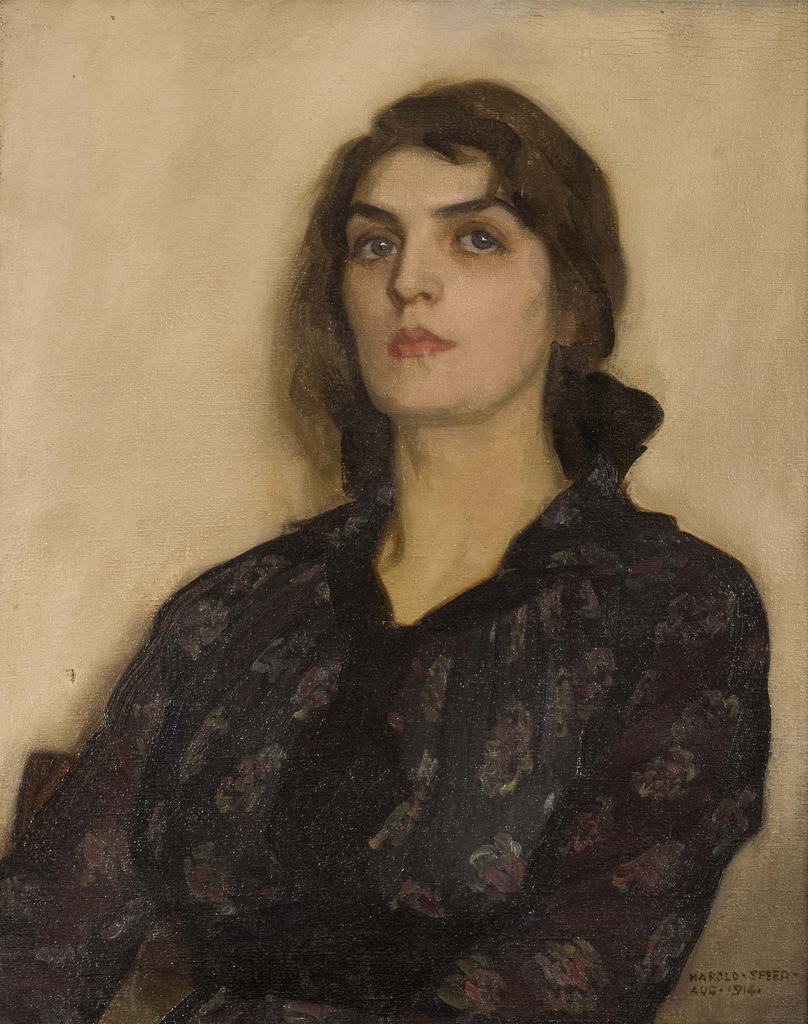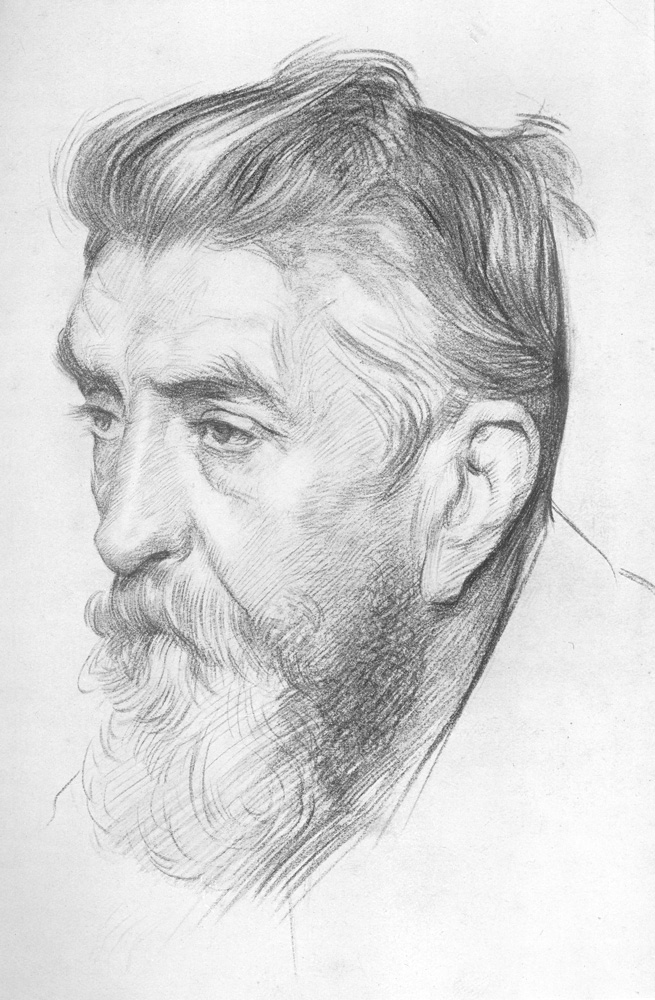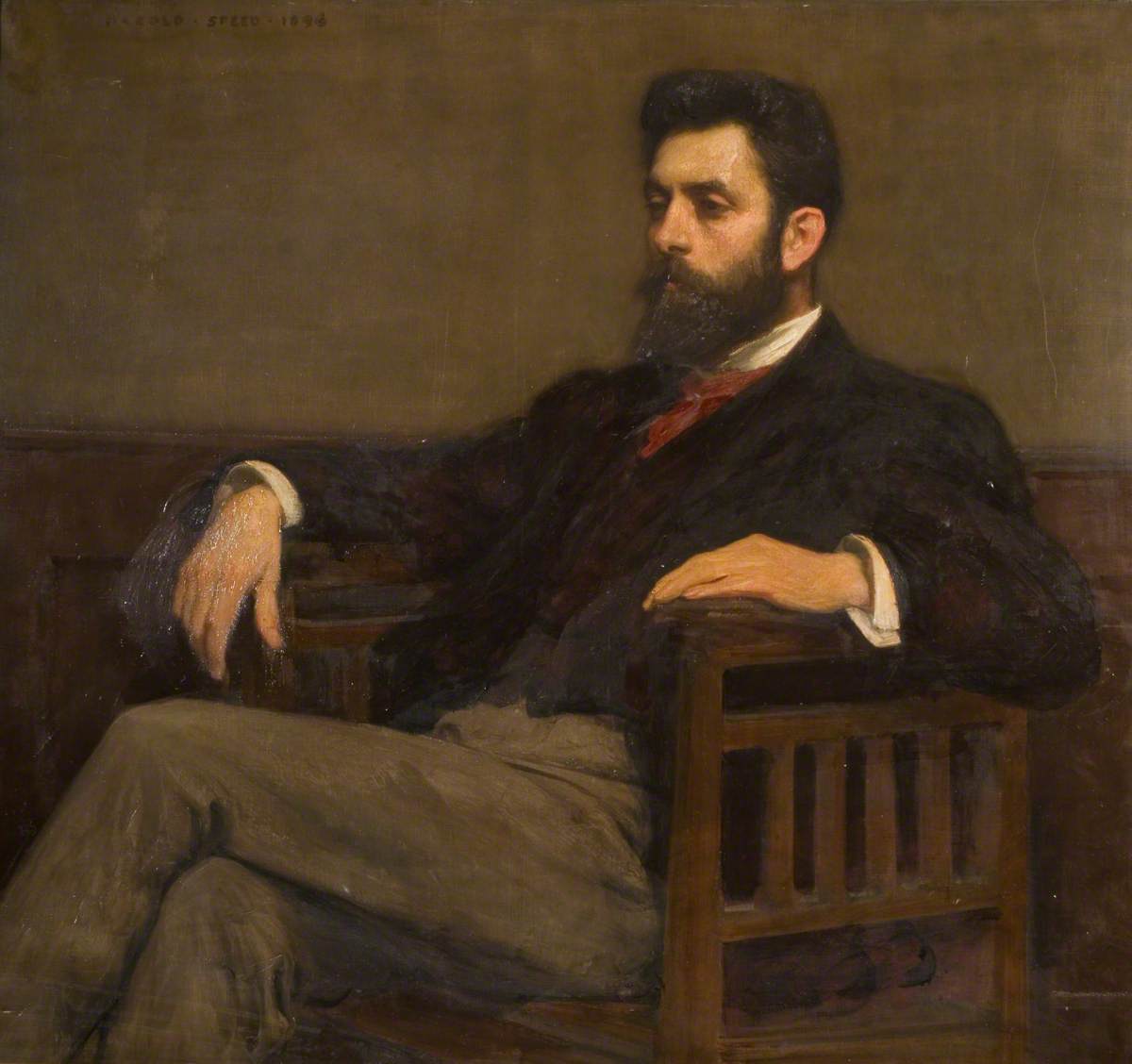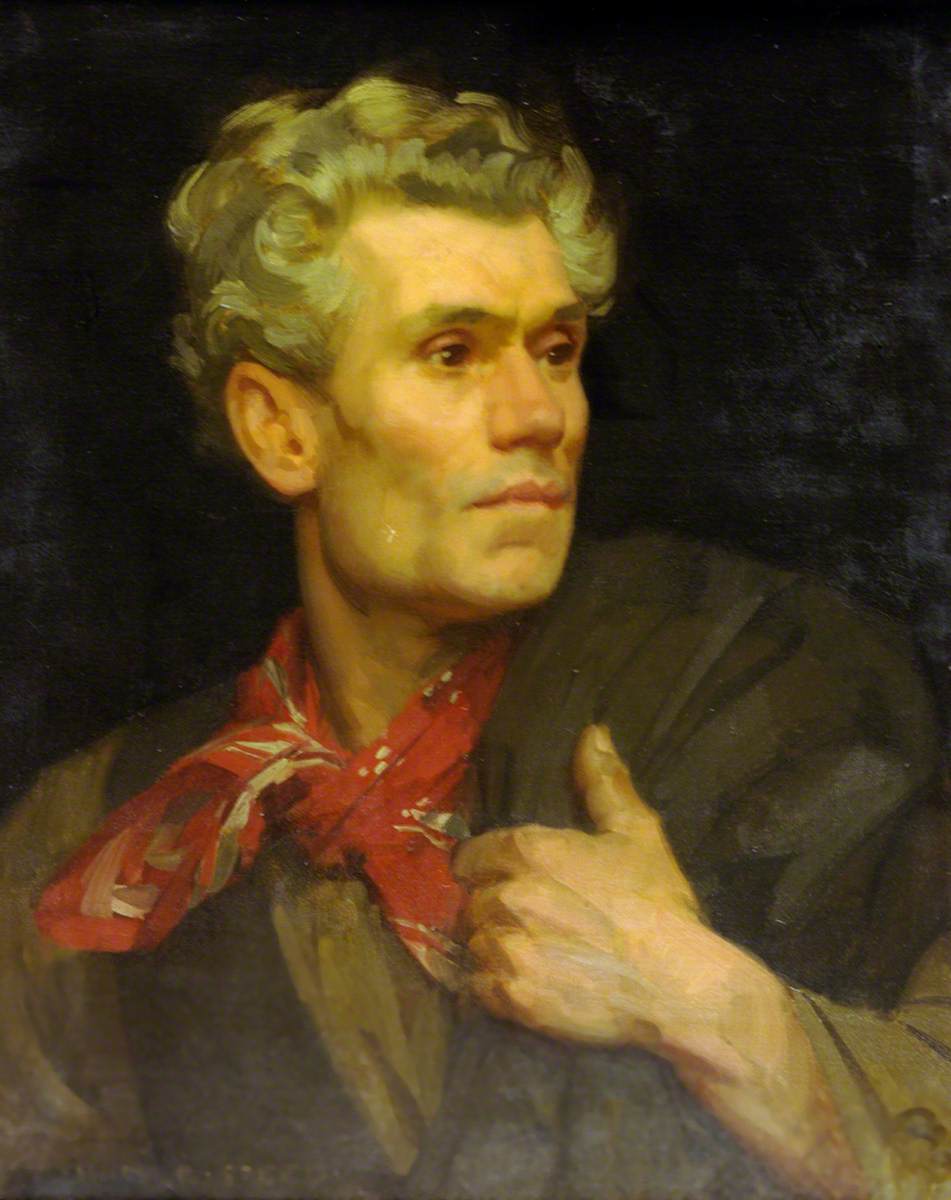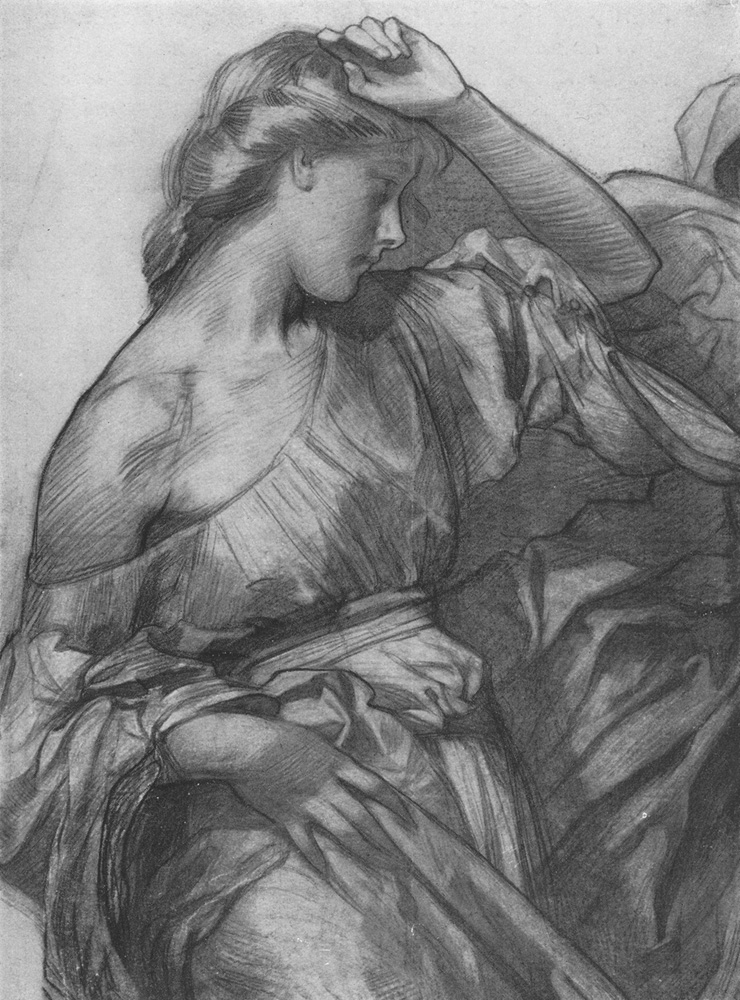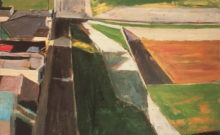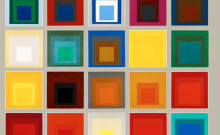A Master Legacy
Harold Speed (11 February 1872 – 20 March 1957) was a famous English painter and member of the Royal Society of Portrait Painters. His work, especially his portraits, in both oil and charcoal, is exceptionally elegant and demonstrates a great technical mastery.
But the most notable thing about Harold Speed is that, as well as his artistic work, he also left us two extraordinary treatises: one on drawing, “The Art and Science of Drawing”, and another on painting, “Oil Painting Techniques and Materials”.
Both publications should feature among the bedtime reading of any visual artist.
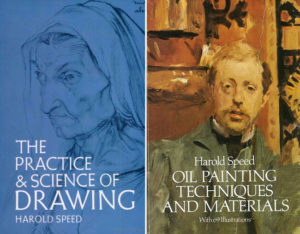
Harold Speed books
They belong to that class of dense books that are seemingly inexhaustible. You can go back to them time and again and, no matter how often you read them, you’ll always come across some useful new nuance that you can apply to your painting. In fact, I think they’re more like reference books that should be read a chapter at a time than books to be read in one go.
And neither are they escapist reading because Harold Speed delves into aesthetic, sensory and conceptual aspects of nature and the practice of artistic expression. His aim is to waken the genuine artistic spirit within his readers. And to do so, he proposes practical exercises that sit alongside his theoretical explanations and serve to fine-tune techniques.
Harold Speed; a lot to say about Good Art
Harold Speed is an example of a master who has much to say and who does it from a well-informed position — he paints and draws like the angels themselves. His reflections are so accurate and timeless that they retain the same freshness and intensity today that they had the day they were first published.
Here are a couple of his reflections that I’ve brought together by way of example:
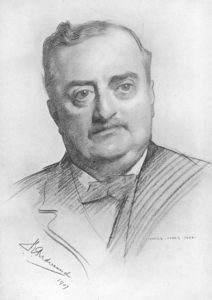
Harold Speed, John Redmond portrait
From “The Practice and Science of Drawing”, where Harold Speed talks about vision and how an artist should look at things:
“I have endeavoured to show that there are two aspects from which the objective world can be apprehended. There is the purely mental perception founded chiefly on knowledge derived from our sense of touch associated with vision, whose primitive instinct is to put an outline round objects as representing their boundaries in space. And secondly, there is the visual perception, which is concerned with the visual aspects of objects as they appear on the retina; an arrangement of colour shapes, a sort of mosaic of colour. And these two aspects give us two different points of view from which the representation of visible things can be approached.”
And this other quote, taken from his book “Oil Painting Techniques and Materials”, where he discusses
a painter’s role and argues against painting achieved through simple technical perfection:
“it is the business of the student of painting to seek for this inner reality as revealed in the aspect of things, by studying the beauty of Form (Form values), the beauty of Tone (Tone values), the beauty of Colour (Colour values), and to give rein to all his intuitive faculties, sketching and making compositions in any manner, and of any matter, they may suggest. In all this study being unflinchingly honest and true to himself and to his own inner vision, however unfashionable it may be”.
In short, these are two valuable guides that you can turn to now and again when looking for inspiration and clarity.
The book “The Practice and Science of Drawing” can be downloaded free of charge from Project Gutenberg
There is also a Spanish version, now out of print, that you may be able to get second hand.
I haven’t found a free version of the other manual, Oil Painting Techniques and Materials, but it’s published by Dover and can be obtained from a number of places. Here’s the Amazon link
I hope you enjoy these two great artistic travel companions.

